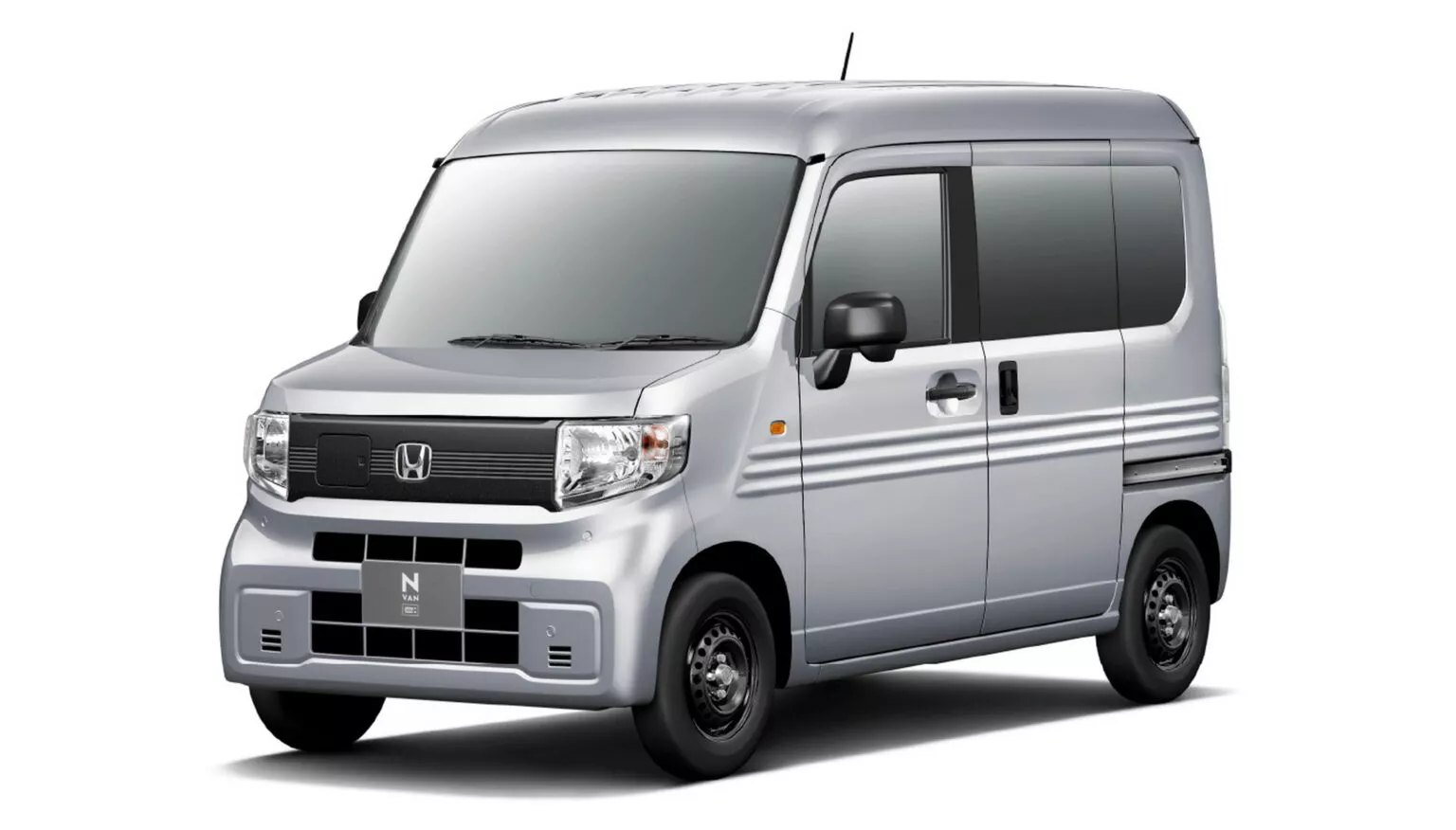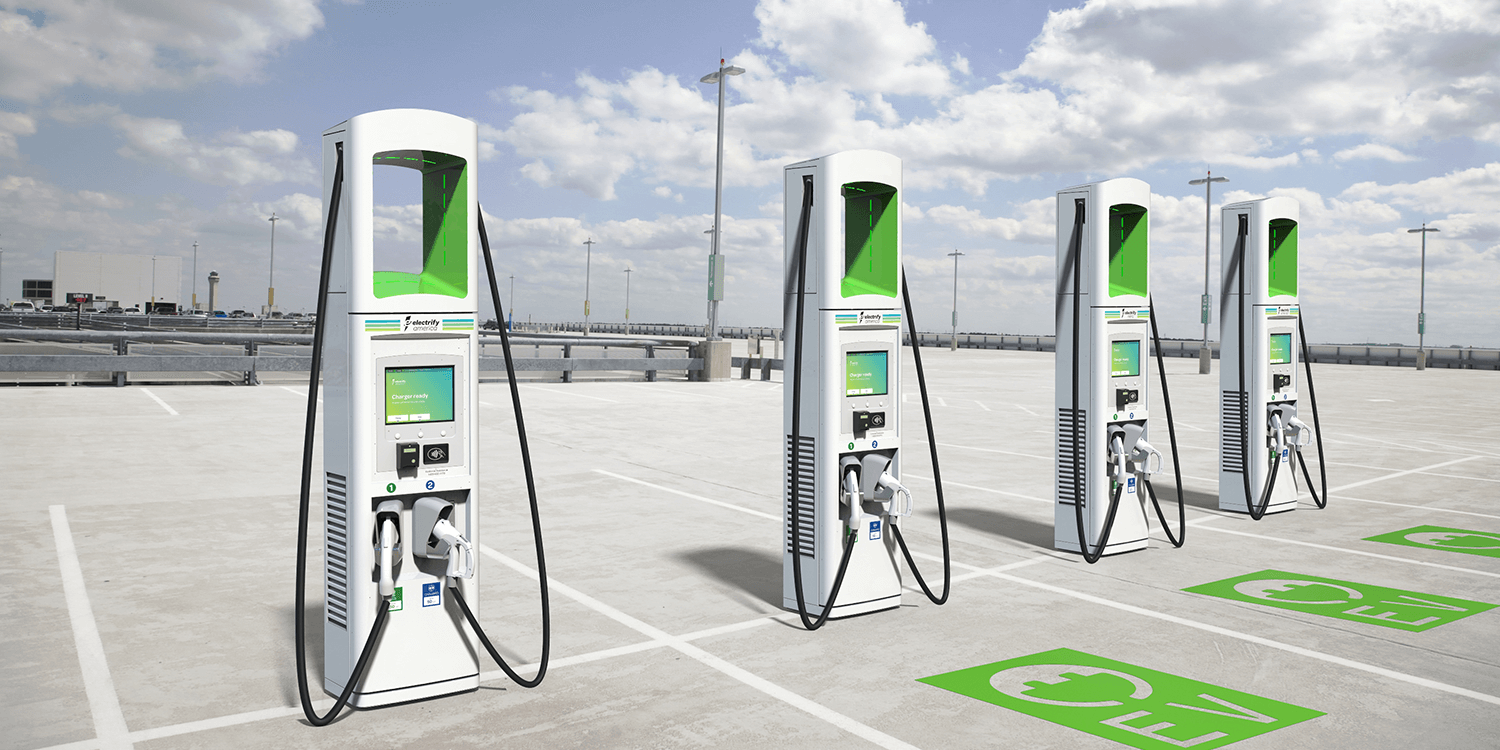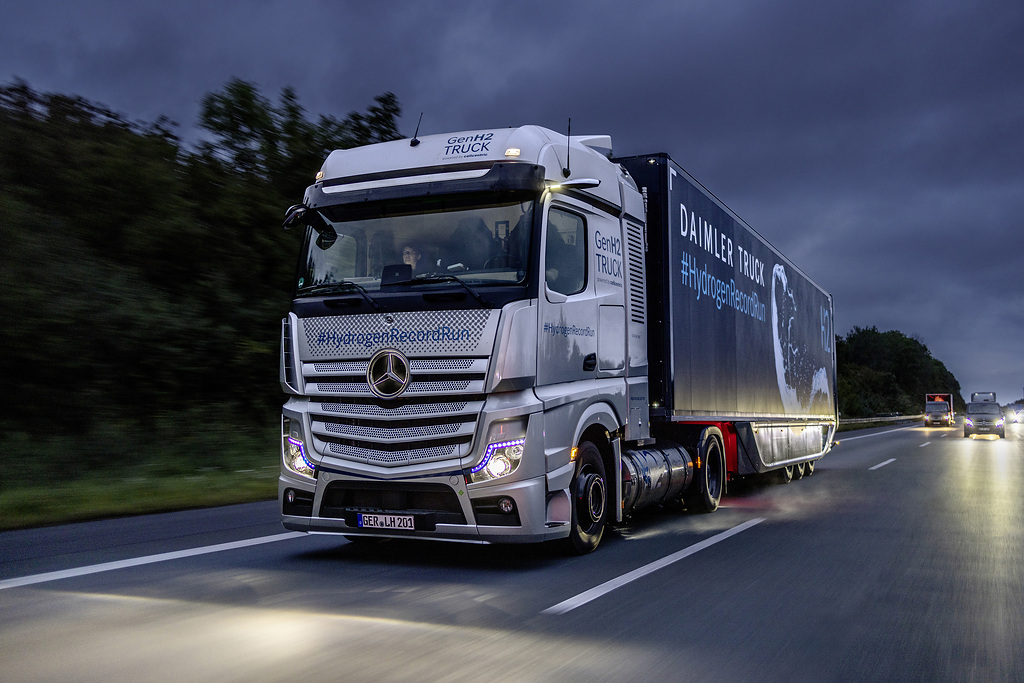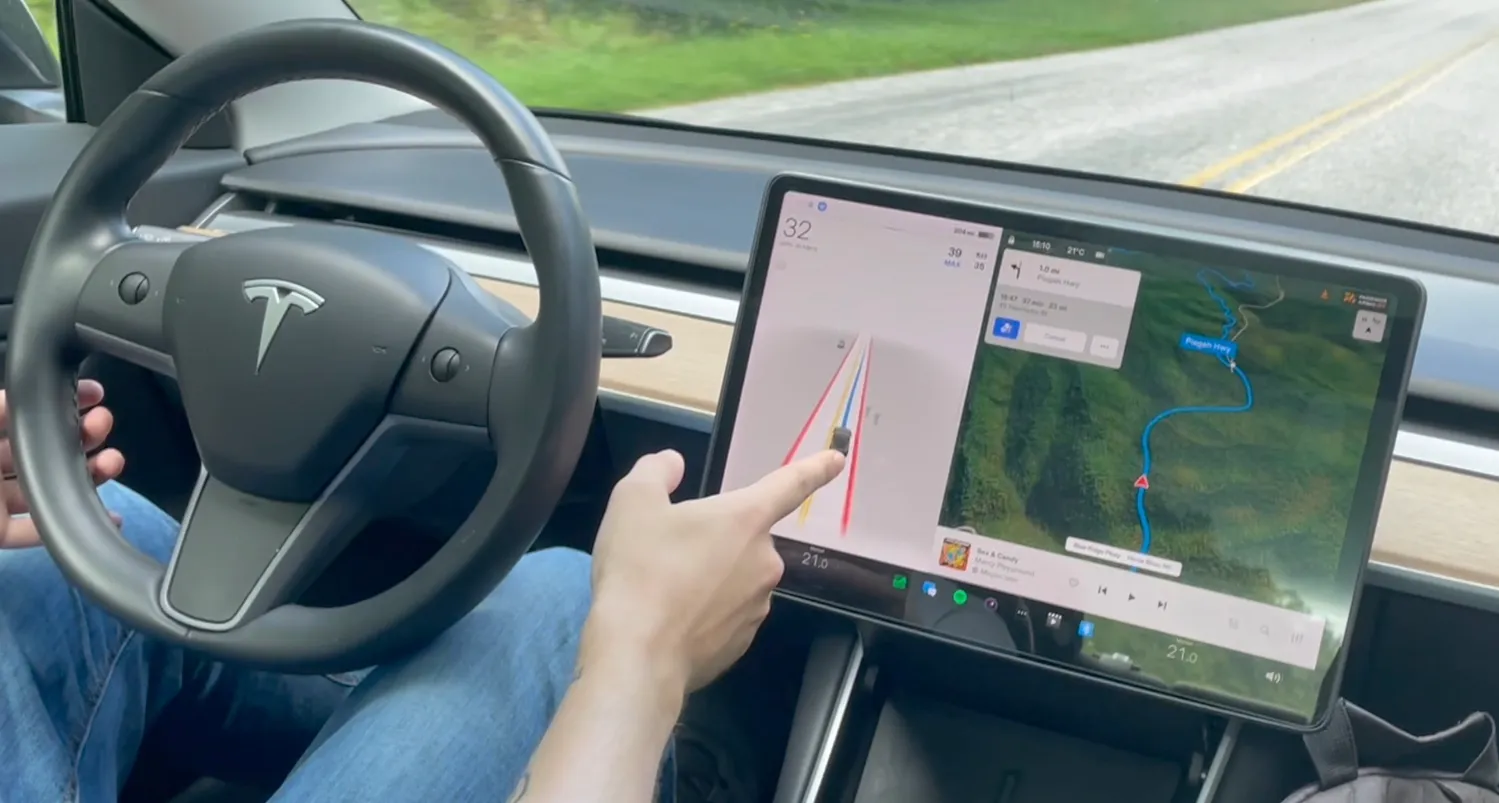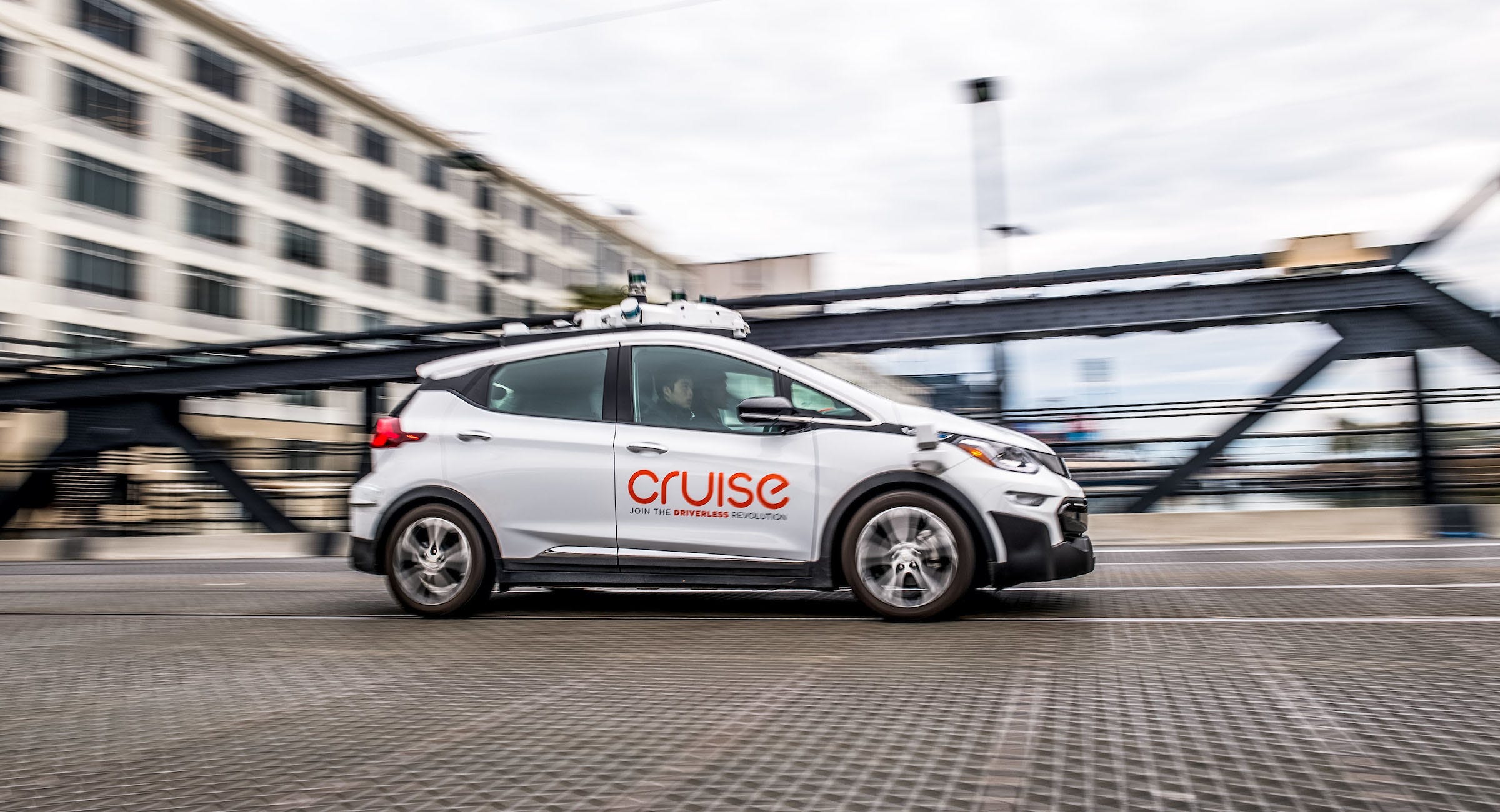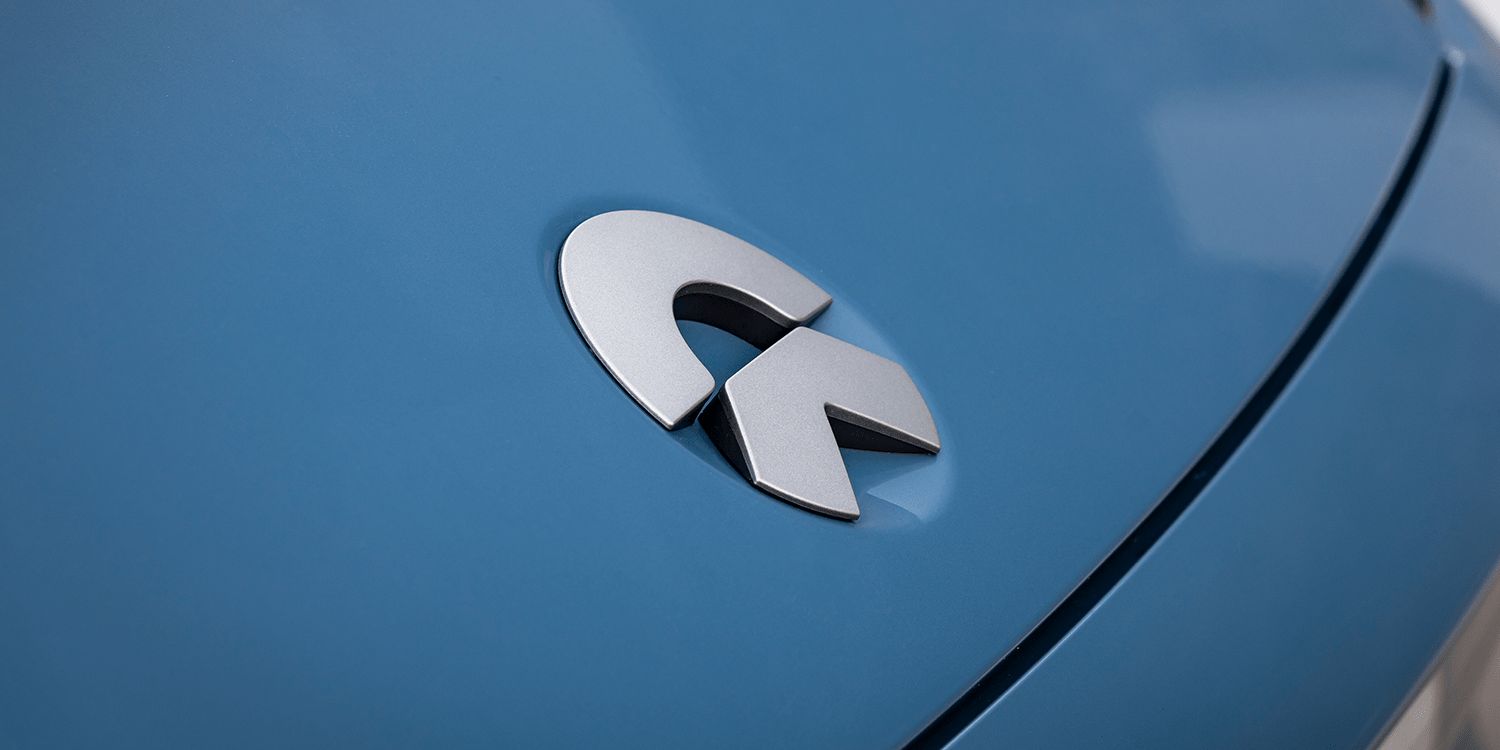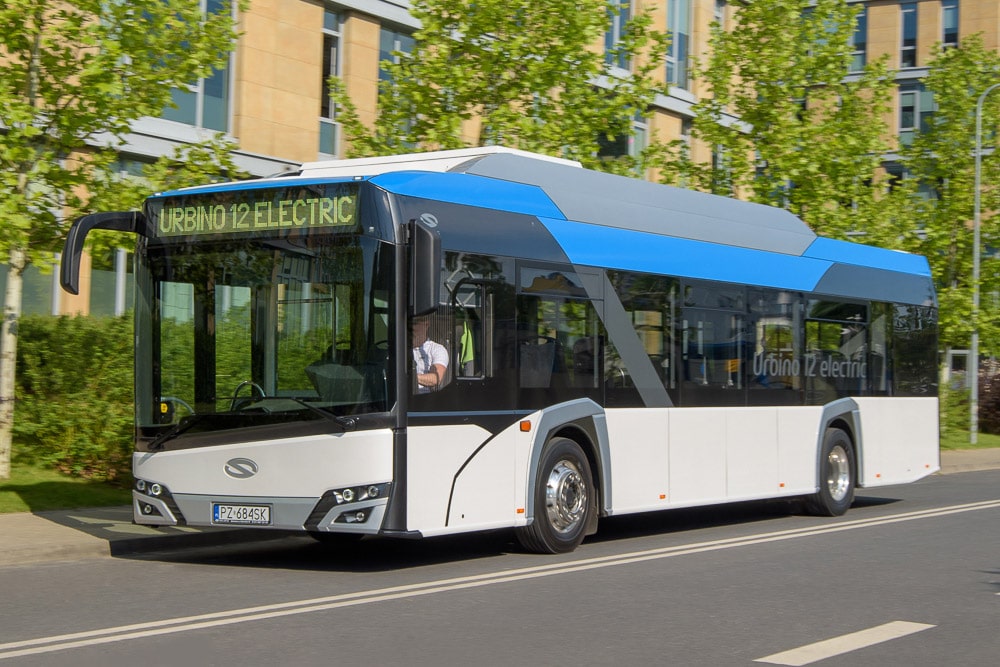Honda has pulled back the curtain on the production version of its N-Van e:, an electric Light Commercial Vehicle (LCV) slated for release in Japan in the spring of 2024. This diminutive electric offering aims to combine the practicality of its internal combustion engine (ICE) counterpart with the advantages of a silent and emissions-free powertrain.
Visually, the Honda N-Van e: closely resembles its conventional sibling, distinguished primarily by a redesigned grille that houses the charging port, crafted from recycled bumper plastic. Inside the cabin, climate controls have been adopted from the recently refreshed N-Box, maintaining a utilitarian aesthetic. Depending on the chosen trim, features may encompass the Honda Connect system for remote access to select functions, the Honda Sensing Advanced Driver Assistance System (ADAS) suite, and, notably, side curtain airbags—a pioneering addition within the LCV segment.
One of the highlights of this EV conversion is its ability to preserve cargo capacity. This achievement is made possible by the installation of a slim high-capacity battery pack beneath the vehicle’s floor and the downsizing of the electric axle. Consequently, the cabin floor of the N-Van e: remains level and low, while fold-flat seats and the absence of a B-pillar on the passenger side facilitate easier access to the interior. Additionally, a variant with reduced seating is available for those prioritizing cargo space.
While specific details about the electric motor’s output remain undisclosed, Honda touts robust acceleration even under heavy loads, accompanied by minimal noise and vibration levels. The inclusion of servo-assisted brakes enhances deceleration control to prevent cargo from toppling over, with larger brake discs compared to the petrol-powered model.
Battery capacity specifics have yet to be revealed, but Honda sets an ambitious target of exceeding 210 kilometers (130 miles) on the Worldwide Harmonized Light Vehicle Test Cycle (WLTC) between charges. This impressive range is made attainable by an ECON driving mode designed to optimize air conditioning consumption. Notably, this figure exceeds last year’s initial estimate by 10 kilometers (6.2 miles), making it suitable for the requirements of Japanese city-based delivery drivers. Recharging to full capacity from a 6 kW outlet is expected to take approximately 5 hours, and the N-Van e:’s battery can also supply electrical appliances with a 1,500W output thanks to the Honda Power Supply Connector (AC).
Honda plans to showcase the N-Van e: at the Japan Mobility Show 2023 in Tokyo, alongside an array of other products. Pricing details are anticipated to be disclosed closer to the market launch in the spring. In a noteworthy move, Honda previously mentioned a targeted starting price of ¥1 million ($6,696), positioning its electric kei van as a compelling contender against rival offerings from Mitsubishi and Nissan.

